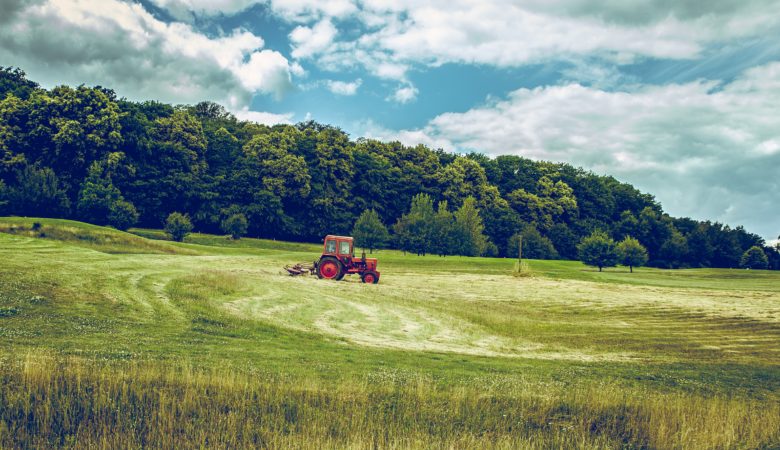Heritage Farming Practices Could Save Our Soil

Go to any chain grocery store today and you’ll find a growing section for organic fruits and veggies in the produce department. It’s a good sign—more and more people are choosing pesticide-free foods from local farms. Unfortunately, buying organic doesn’t automatically mean that it’s good for the planet. It matters how those crops were grown and harvested.
There’s a difference between organic farming and heritage farming, and that difference affects not only the crops themselves, but the soil they’re grown in. Organic is a good start, but heritage farming is what will save our soil and ensure farming for the future.
Wait, what’s happening to the soil?
Without going too deeply into soil science, industrialized farming has begun to turn our soil into dirt. That is to say, once-fertile croplands in the United States are now plagued by nutrient-lacking dirt. The cause comes from conservative farming practices that date back to the dust Bowl in the 1930s. Today, pesticides, monocropping and annual tilling are all contributors to soil damage. Our soils today lack essential phytonutrients and deal with poor structure, making it increasingly difficult to grow healthy crops.
While the shift away from industrial farming practices can have a positive impact on soil health, it’s not enough to restore damaged soil on heavily-farmed tracts of land. To bring nutrients, structure and health back to our farmlands, we need to adopt heritage farming practices.
What are heritage farming practices?
Heritage farming practices go back to the original farmers: indigenous peoples. They didn’t have pesticides, nitride fertilizers or heavy tilling equipment. Instead, they treated the soil as a living medium that required as much care as the crops planted in it. This emphasis on soil health as the means to better crop health needs to make a major comeback in today’s agriculture economy.
There are a few core tenants to heritage farming that organic farmers need to consider making part of their routine cropping practices:
- Crop rotation helps prevent the depletion of phytonutrients in soil. Certain crops can replenish vital nutrients, paving the way for healthier crops in the future. A more diverse crop profile on the land results in nutrient-rich soil.
- Cover cropping involves planting more prolific crops to cover the ground, lessening the effects of weathering and erosion. Cover cropping can also protect against blight and pests, and even unwanted grazers.
- Not tilling is a core tenant of heritage farming. Tilling kills off digesters (worms, snails, aphids, etc.) and breaks down the soil structure, leaving it susceptible to erosion and making it more difficult for plants to form root structures.
- Natural fertilizing using fallen leaves and other decomposing organic matter allows vital nutrients to seep back into the soil. Natural fertilization also reduces the need for soil additives, for a truer approach to organic farming.
- No pesticide application is essential for heritage farming. Pesticides have unintended effects on crops and soil, and the purpose of organic farming is to raise crops without chemical assistance.
These core heritage farming practices—along with other sustainable farming techniques—are the key to replenishing soil, paving the way for future farming endeavors.
Healthier soil grows healthier food
Not only is it vital to restore the health of our soil for the sake of future farming, healthier soil produces healthier crops. It’s scientifically proven that nutrient-rich soils with loamy structure maintained by sustainable farming practices produces healthier crops—both in terms of yield and quality.
When you consider that United States spends trillions more on healthcare than it does on agriculture, it becomes apparent that healthy food plays a role in a healthy population. Numerous studies have linked better food production to healthier outlooks, driving home the importance of sustainable farming and its impact on our health. Simply put: people need options that are healthy because of how they’re grown, not just because they’re labeled “organic.” Farmers producing healthy crops using heritage farming techniques will quickly find that the food they’re producing is better for consumers simply because it’s nourished by healthy soil.
In many ways, there’s a distinct connection between soil health, crop health and the health of the population consuming those crops. Emphasis on soil health via heritage farming practices today could begin to repair the decades of depletion caused by conservative, industrialized farming practices. As we combat problems like climate change and growing demand for healthcare in the modern era, sustainable agriculture will continue to stand out as a common denominator between them.
Adopting heritage farming will result in healthier soils today and healthier humans tomorrow.

